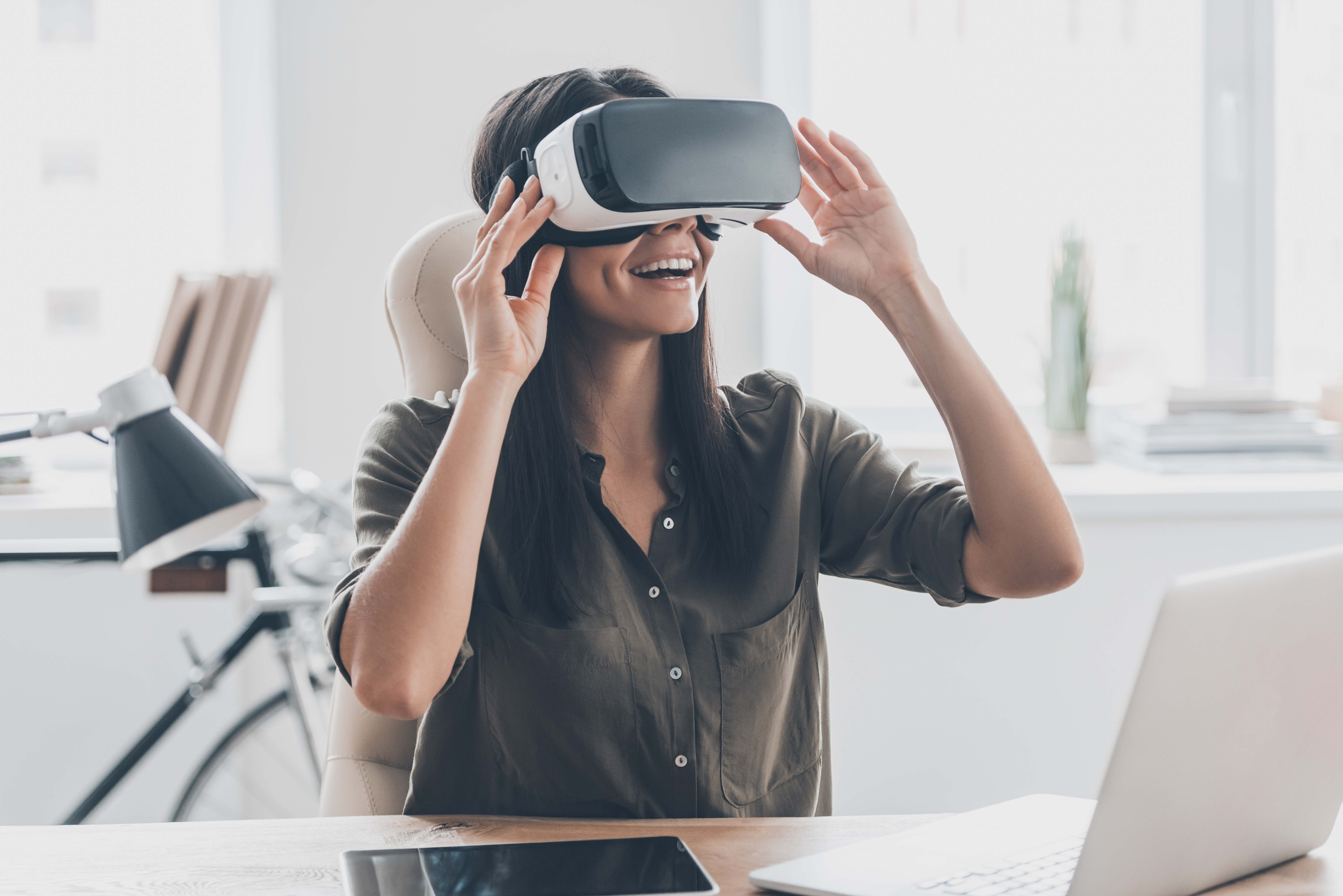Videoconferencing is as close as you can get to being in a real-life meeting from a virtual standpoint. Participants can communicate on a level above a typical conference call. Visual and non-verbal cues, like facial expressions and body language, make up more than 90 percent of communication. Videoconferencing lets participants see these expressions in other meeting attendees and interact with them more effectively.
Nothing beats videoconferencing for emulating the experience of a face-to-face meeting. But even the best technologies have room for growth. What if you could take your meetings one step further and actually feel like you were in the same room as other virtual participants? With virtual reality, it’s possible, and soon it may be a standard for everyday business communications.
Table of Contents
Changing the way we view meetings
In a virtual meeting held through videoconferencing, participants look straight into their webcam and see a flat visual of other meeting participants. From this perspective, not all nonverbal cues are visible. Eye contact and other facial expressions may be missed, leaving gaps in the complete spectrum of communication.
With virtual reality (VR), it’s possible to view everyone in the meeting from a 360-degree perspective. Wearing a VR headset, participants can look to their right or left and see others in the virtual room as if they were right there with them. Augmented reality (AR), a cousin of virtual reality, is a technology that projects 3D images onto targeted real-life objects. Using augmented reality, teams can share and manipulate projects in real time. The combination of VR and AR technologies (called mixed reality) in a meeting allows meeting participants to essentially be in the same place at the same time.
How mixed reality can improve videoconferences
Combining mixed reality with videoconferencing opens up a world of possibilities that make remote working and teambuilding blend naturally with the traditional workplace. Employees who work from home can slip on a VR display and see their entire team in their home office or living room. When in the physical office, employees who are normally separated by walls and siloed off can connect freely in a virtual reality space. And no matter where they are, employees can hologram themselves into meetings. The simulation of being there in-person, as well as the ability to manipulate 3D objects with AR, creates a more stimulating overall meeting experience.
There are a variety of virtual reality headsets on the market, and the technology keeps improving at a steady rate. Some models provide only virtual reality or only augmented reality, while others give a mixed reality experience. The Oculus Rift is one of the prime options for a virtual reality experience, and represents the Oculus brand’s foray into augmented reality as well. Microsoft’s HoloLens is a prime competitor, offering both virtual and augmented reality experiences combined. Leaders in VR and AR are continuously improving the technologies that make these experiences possible.
The future of communication
Virtual and augmented reality are no longer in the distant future. They’re beginning to have a bigger presence in the business world, and videoconferencing is one of the most likely candidates for their application. Few studies have been done on the benefits of VR and AR in meetings, but even from limited experience, it’s evident that mixed reality has the potential to enhance brainstorming and problem-solving. The need to communicate from a distance is part of the reality of work in the 21st century. By emulating all aspects of a real-life meeting, mixed reality could improve communication in organizations of all types.








